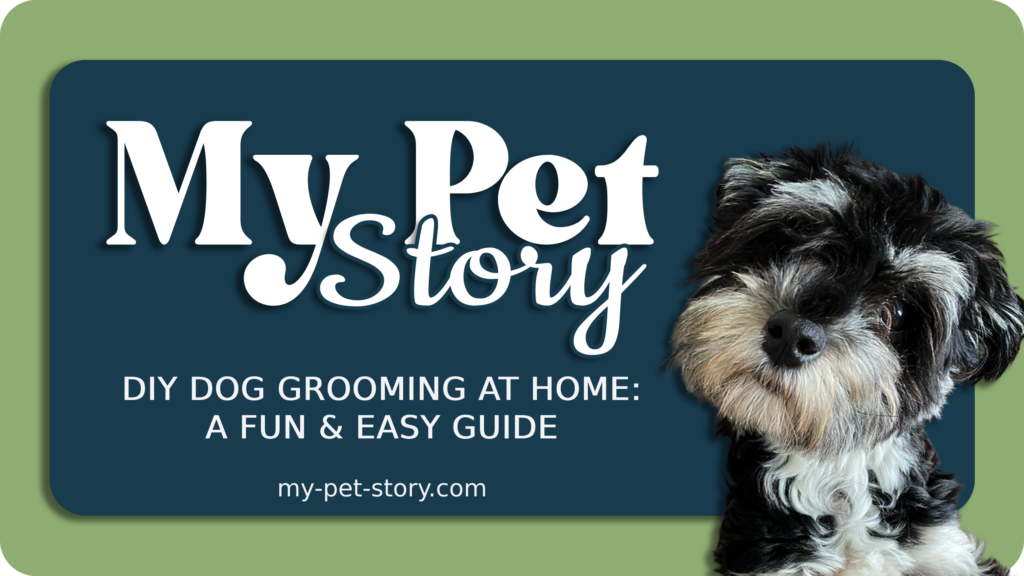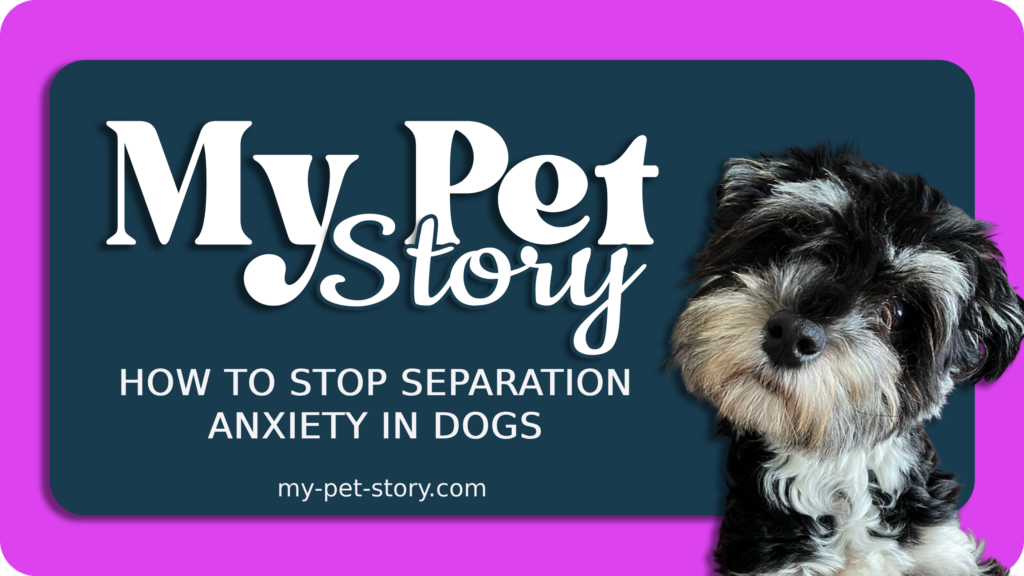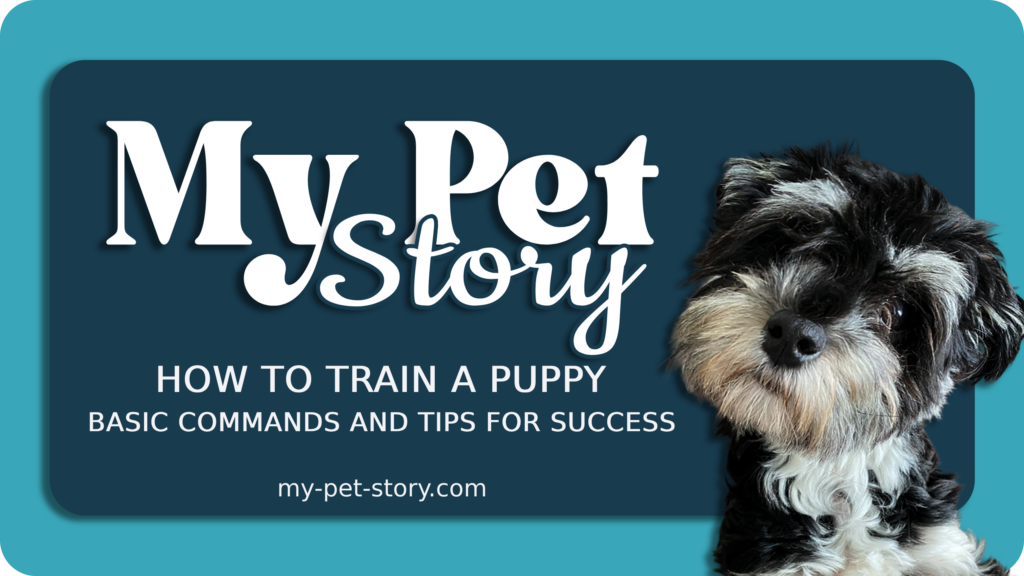DIY Dog Grooming at Home
DIY Dog Grooming at Home:A Fun & Easy Guide 🐶🛁 Grooming your dog at home?Piece of cake! 🍰 Well, maybe not that easy, but totally doable! Not only does it save you money, but it also gives you extra bonding time with your furry best friend. Plus, who doesn’t love a fresh, fluffy pup? 🐕✨ Let’s get started! Step 1: Gather Your Grooming Arsenal 🏆 Before diving in, grab these must-have tools: 🧼 Dog-friendly shampoo & conditioner (no human shampoo, please!) 🖌️ A grooming brush (short hair? Long hair? Choose accordingly!) ✂️ Nail clippers or a grinder 🐾 A comb for those stubborn tangles 🛁 Towels & a hairdryer (if your pup allows it!) 👂 Cotton balls & dog-safe ear cleaner 🦷 Toothbrush & dog toothpaste (minty fresh breath incoming!) Step 2: Brush That Fluff! 🖌️ Brushing removes loose fur and keeps your dog’s coat looking fancy. The rules: Short-haired dogs: Once a week is fine 🐕 Medium-haired dogs: A few times a week 🐩 Long-haired dogs: Every. Single. Day. (Sorry, doodle owners! 😅) Pro tip: Always brush in the direction of hair growth, unless you’re going for that “electrified” look. ⚡ Step 3: Bath Time – Splish Splash! 🛁 How often? About once a month, unless they roll in something gross (which they will). Here’s how to do it right: Use lukewarm water – not too hot, not too cold. Goldilocks it. 🔥❄️ Lather up with dog shampoo (bonus points for a relaxing doggy massage! 💆♂️) Rinse thoroughly! Shampoo residue = itchy dog. 🐾 Towel dry or use a hairdryer on low (if your dog doesn’t see it as a death machine). Pro tip: Always brush in the direction of hair growth, unless you’re going for that “electrified” look. ⚡ Step 4: Trim Those Claws 🐾✂️ Long nails can be uncomfortable, so trim them every 3-4 weeks. Hold the paw gently like you’re about to propose. 💍 Clip just a little at a time – avoid the quick (aka the ‘ouch’ zone!) If you cut too deep, use styptic powder. (And maybe apologize profusely. 🙈) Step 5: Ear Cleaning – No Funky Smells Allowed👂 Dogs with floppy ears? Extra care needed! 🎶 Use a vet-approved cleaner & a cotton ball (NOT cotton swabs!) Wipe the outer ear – no deep diving! 🚫 If you smell something funky or see redness, call your vet! 🚑 Step 6: Doggy Dental Care – Say Cheese! 🦷😁 Brush their teeth a few times a week – dog toothpaste ONLY! (No minty human stuff!) If your pup gives you the side-eye, try dental chews instead. 🦴 Fresh breath = more puppy kisses for you! 😘 Step 7: The Final Touches ✨ Check their eyes for gunk (gross but necessary!) 👀 Trim any overgrown fur around paws or their ahem private areas. 🚿 Most important: Give them treats and belly rubs! 🥰🎉 By following this fun & easy DIY guide, your pup will stay clean, happy, and looking fabulous! 🐶💖 Plus, they’ll love you even more (if that’s even possible). Happy grooming! 🛁🐾
![]()
DIY Dog Grooming at Home Read More »



